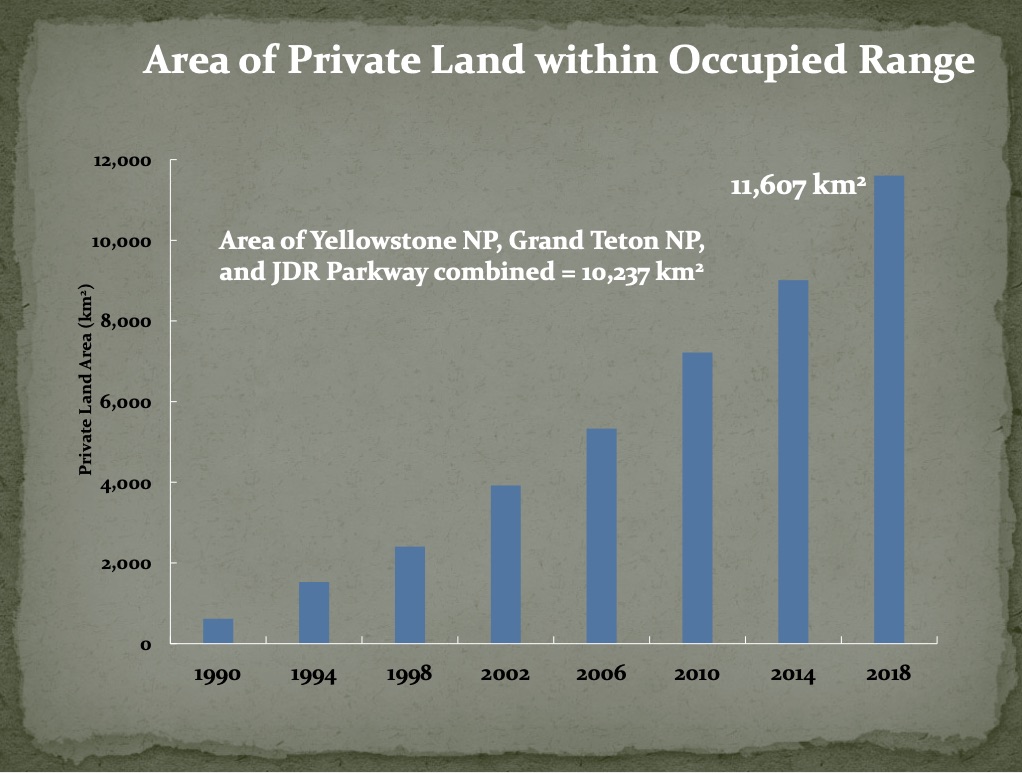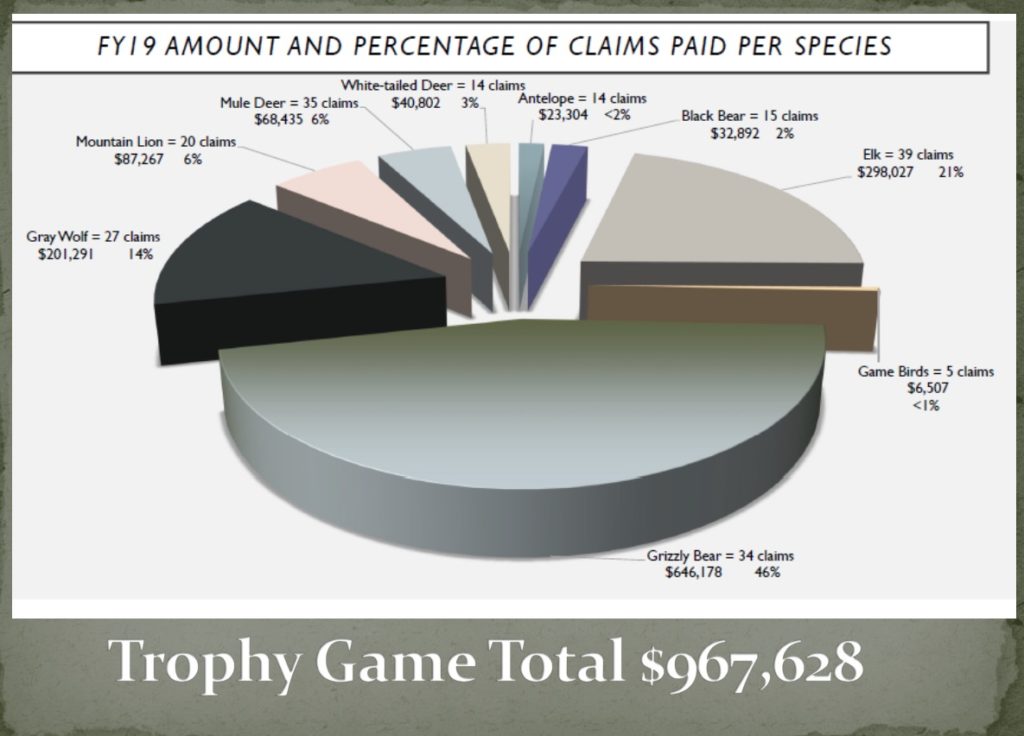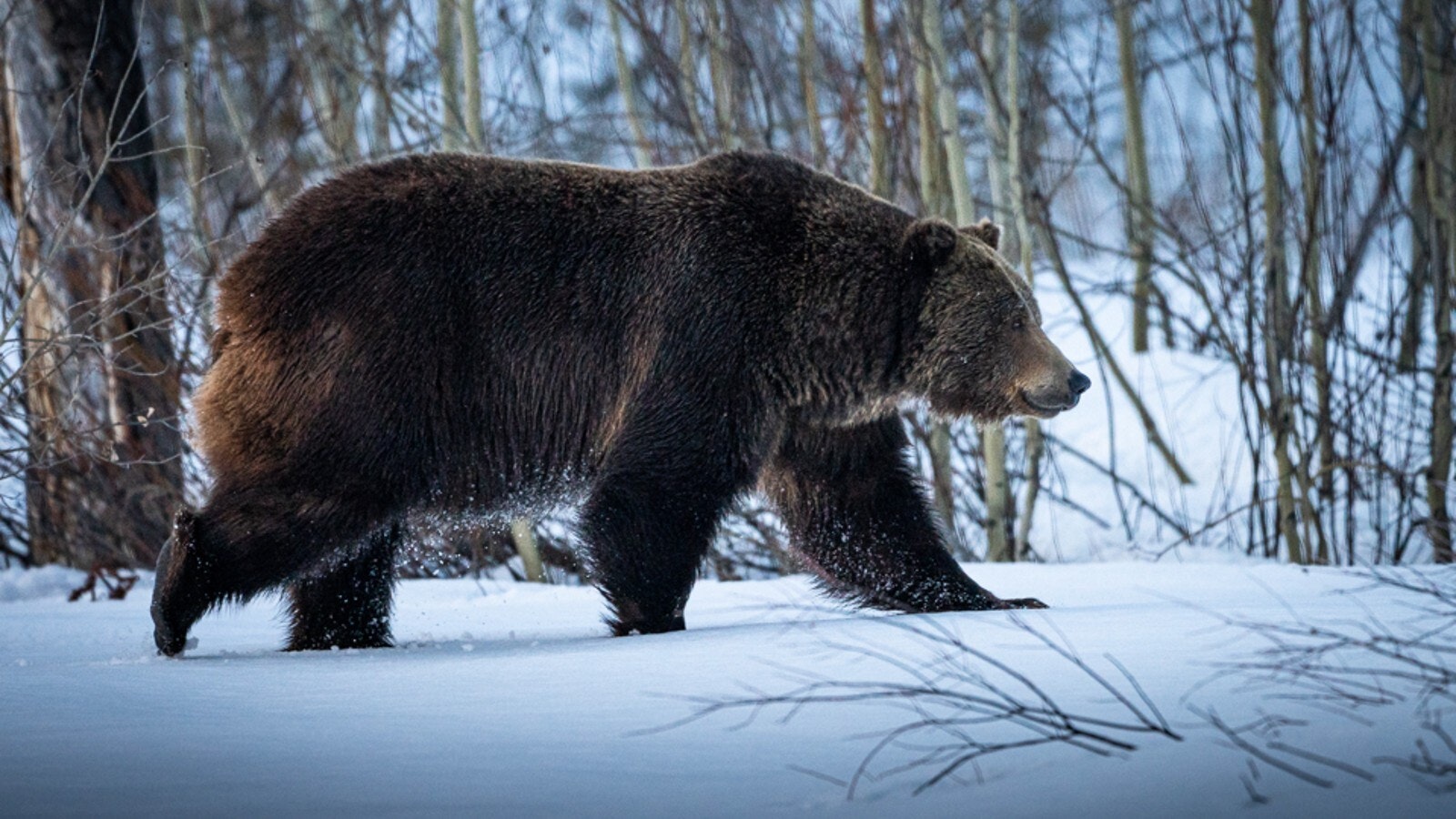Got a grizzly bear hanging out near the house? Fire up that paintball gun and give it a go! U.S. Interior Secretary David Bernhardt has confirmed that the U.S. Fish & Wildlife Service (FWS) has issued new guidance on actions the public can take to haze grizzly bears that may pose a threat to human safety.
According to a letter Bernhardt sent to Montana’s Congressional delegation, “These actions include the use of paintballs, noise-making projectiles, and visual deterrents.”
While I’ve wickedly fantasized about paintballing well-dressed float fishermen passing underneath a bridge on the New Fork River, I didn’t know how small and lacking my daydream was. I should have dreamed bigger; grizzly sized dreams.
FWS quickly issued the new guidance, which includes methods that are allowed to deter grizzlies away from the immediate vicinity (200 yards) of a human-occupied residence or potential conflict area, such as a barn, livestock corral, chicken coop, grain bin, or schoolyard. In addition to using paintballs, also allowed is the use of stones or marbles, either thrown or sent out of a slingshot.

When you mention the Yellowstone region’s grizzly bear population, most people think of Yellowstone and Grand Teton national parks, and the federal parkway that connects the two. But WG&F large carnivore staff report that the grizzly population’s occupied range includes more than 7,000 square miles of private property. That’s more private property within occupied grizzly bear range than the two national parks and parkway combined.
Wolverines

The Wyoming Game & Fish Department (WG&F) has drafted its wolverine management plan – an important action as FWS considers wolverines a species that warrants protection as threatened, but such listing is precluded by higher priorities.
The wolverine is an 18-32 pound, high-elevation mustelid with relatively large feet, making the animals suited to movement through deep snow. Since relatively little is known about the species in Wyoming, the plan focuses heavily on research and monitoring of wolverines in mountain ranges in the western, north central and south central regions of the state.
As part of an interagency effort to survey for wolverines throughout suitable habitat in the western states, WG&F was able to confirm, for the first time ever, wolverines in the Gros Ventre Mountains, and in the southern Wind River Range.
Reading the draft wolverine plan, I learned some interesting information about the elusive carnivore. Wolverines typically breed from May through August, and display delayed implantation. In the Yellowstone region, kits are usually born from January through April, with most births occurring before the end of March.
Wyoming is at the southernmost extent of reliable wolverine occupancy; densities in our state are among the lowest densities reported in North America; and litter sizes here are small as well, at 1.1 kits. Although young mature quickly, female wolverines often don’t reproduce until they are about six years old, and then don’t produce every year.
Carnivore Conflicts
When the Wyoming Game and Fish Commission meets next week in Cody, it will hear a staff update on large carnivore management activities in 2019. This is always a fascinating report and if you can’t attend, you can browse a PDF version of that presentation on the commission’s meeting webpage.
WG&F personnel responded to 535 large carnivore conflicts in 2019. That’s more than one conflict a day – extraordinary when you consider that black bears and grizzlies spend months in hibernation, so the “season” for conflicts is much shorter.
While 2019 brought more conflicts with black bears than grizzlies, when it came time to paying damage claims, grizzly bear damage payments were 46% of the nearly $1 million paid by the agency in 2019, with 34 claims totaling $646,178.
There were 48 wolf conflicts within WG&F’s jurisdiction, resulting in 27 damage claims totaling just over $200,000.

WG&F tallied 71 mountain lion conflicts, resulting in 20 claims for damages totaling about $87,000.
Although there were 224 black bear conflicts, those resulted in only 15 claims, totaling about $33,000 in compensation from the state wildlife agency.
Cat Urbigkit is an author and rancher who lives on the range in Sublette County, Wyoming. Her column, Range Writing, appears weekly in Cowboy State Daily. To request reprint permission or syndication of this column, email rangewritesyndicate@icloud.com.





